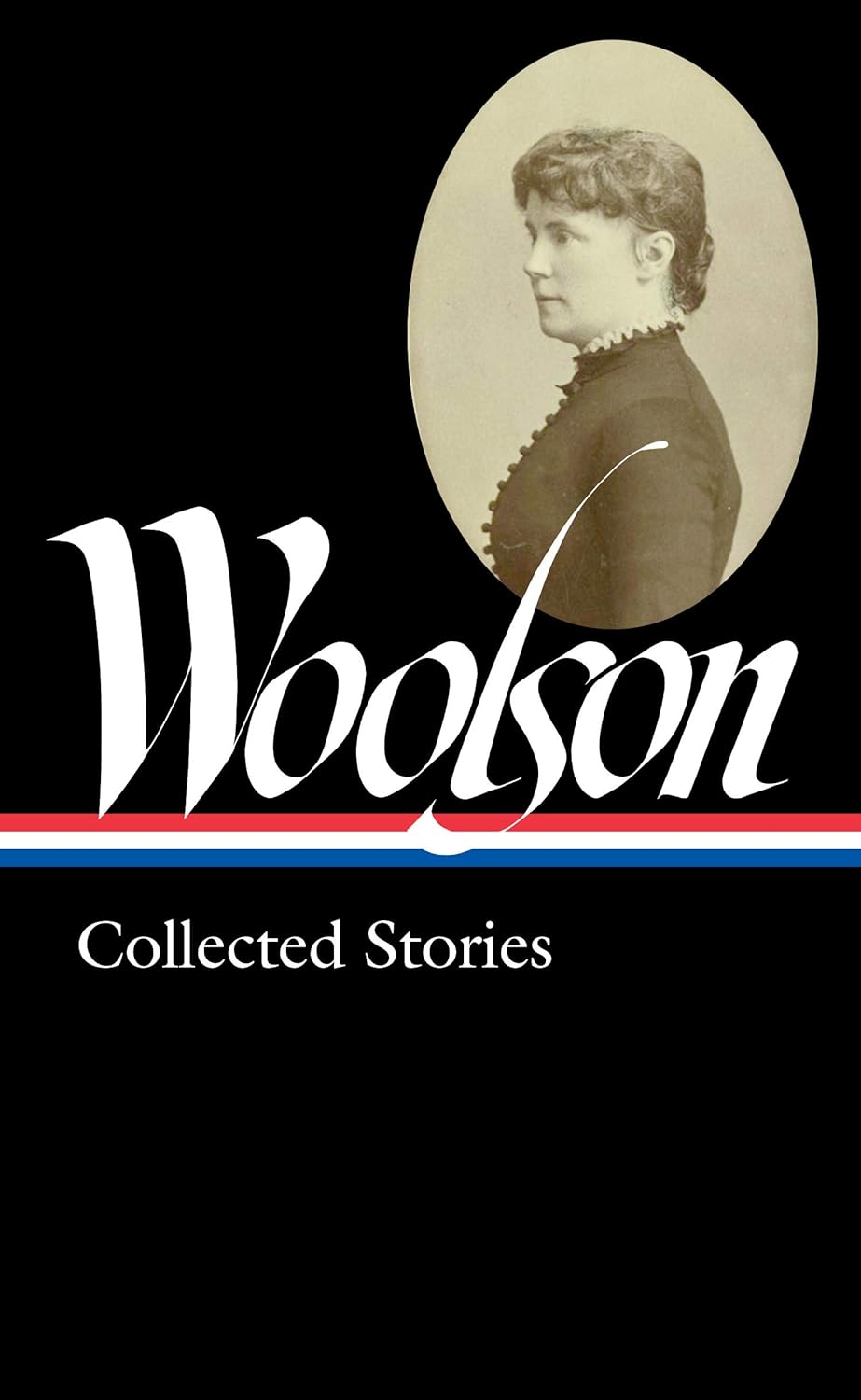Trevor Burrows started reading Constance Fenimore Woolson by Anne Boyd Rioux
The metadata for this is a bit odd, but this is the #LibraryOfAmerica volume of Woolson. It is not a complete collection (which is interesting) but rather collected stories, with a few missing from each of the volumes published during her lifetime and immediately after her death.
Have not read any Woolson previously, and excited by her apparent interest (implicit or explicit) in regionality. Not a whole lot of fiction writers from this period were dwelling on the upper #Midwest!


